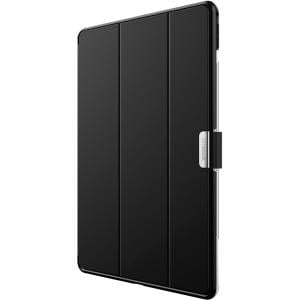


Even though you're using the same 5G network as your mobile phone, the gateway is specific to your location and cannot be used elsewhere. It's similar to satellite internet, but instead of beaming in a signal from satellites orbiting in the night sky, it's relaying information from a much closer wireless hub.
STARRY NIGHT PRO PLUS 6 EQUIPMENT LIST INSTALL
With 5G, your provider will need to install an indoor or outdoor 5G receiver at your house to pick up the signal. Those are all wired connections from your provider to your home.ĥG home internet, on the other hand, is a type of fixed wireless internet service, which means that the connection between your provider and your home is not a wired one. That includes common internet connection types, like digital subscriber line, coaxial cable and fiber-optic internet. Most ISPs deliver internet service via phone lines or cables connecting your home to a more extensive network. How is 5G home internet different from fiber or cable internet? With a fixed wireless service like 5G, your home connects to the provider's network over the air. So 5GHz is one of the band options for your home's Wi-Fi system, but it's not the same as 5G, a cellular technology that uses higher-frequency waves.Ĭable, fiber and DSL internet plans require wires that connect your home to the provider's grid. Wi-Fi routers also use short-range radio frequencies - typically either 2.4GHz or 5GHz - to transmit your internet signal to connected devices within your home. One common mistake is to see the "5GHz" setting on your Wi-Fi router and assume you have access to 5G. Finally, low-band 5G offers a range similar to 4G but speeds between 100 and 200Mbps. To combat that, midband technology, which offers speeds averaging between 300 and 400 megabits per second, increases the coverage area provided by millimeter-wave. But those higher, gigabit speeds come with a price - the data doesn't travel the same distance as 4G and has more trouble with obstructions. Millimeter-wave technology uses much higher frequencies than previous generations and provides much faster speeds and connections. My CNET colleague Eli Blumenthal does a great job of breaking down the basics of 5G. You're not wrong: 5G networks, which use different radio frequencies than previous generations, aim to provide faster data speeds with much less lag or delay than we had with 4G. You're probably most familiar with hearing 5G used to describe better mobile communications and speedier phones. Fifth generation of what? The fifth generation of wireless data networks. Simply put, 5G stands for fifth generation. Let's start at the top - What is 5G home internet? Let's dig in and see how it works, how fast it gets, what it costs and where it's available. The earliest 5G home internet plans, available from names like Starry, T-Mobile and Verizon, offer respectable speeds at a straightforward price - but availability is limited to select cities and regions. All too often, though, we have hardly any options and fewer alternatives.Ĭould 5G be the answer? The technology powering the newest phones also wants to tackle our home broadband needs. Indeed, a customer survey from 2022 showed ISPs to be the country's lowest-rated industry. It's no news flash that many of us are tired of being tied to internet service providers with cumbersome contracts, low speeds, restrictive terms and rising fees.


 0 kommentar(er)
0 kommentar(er)
